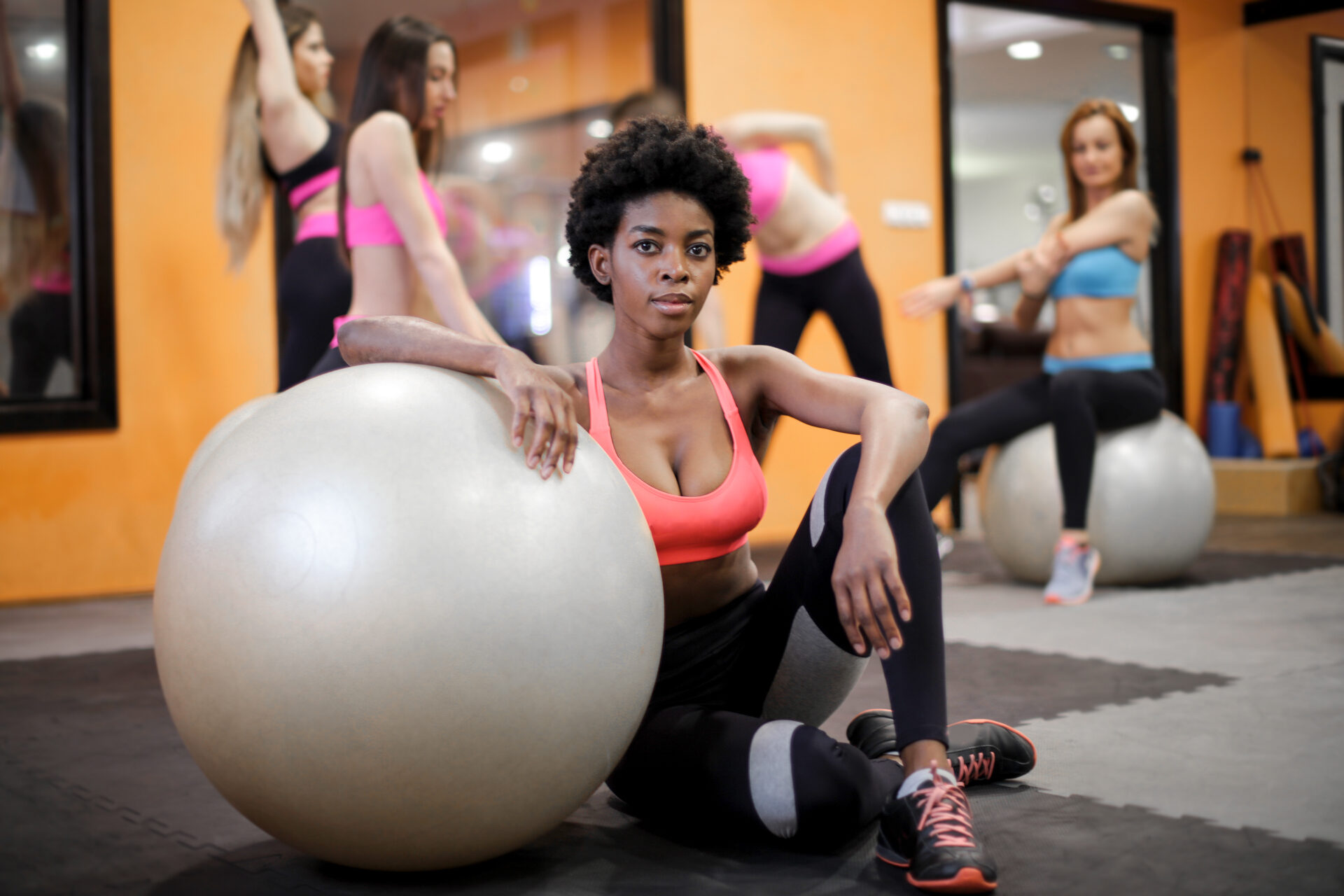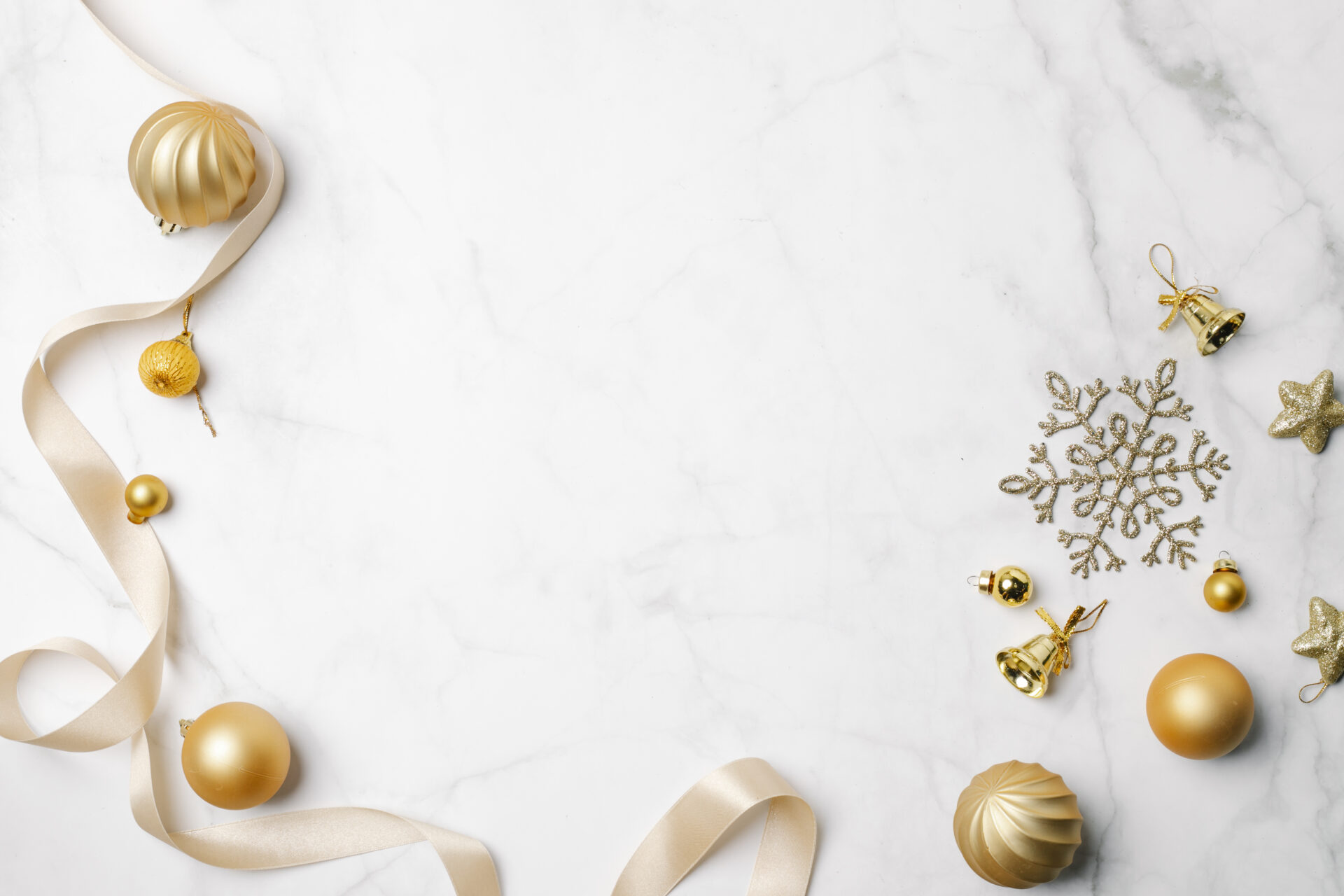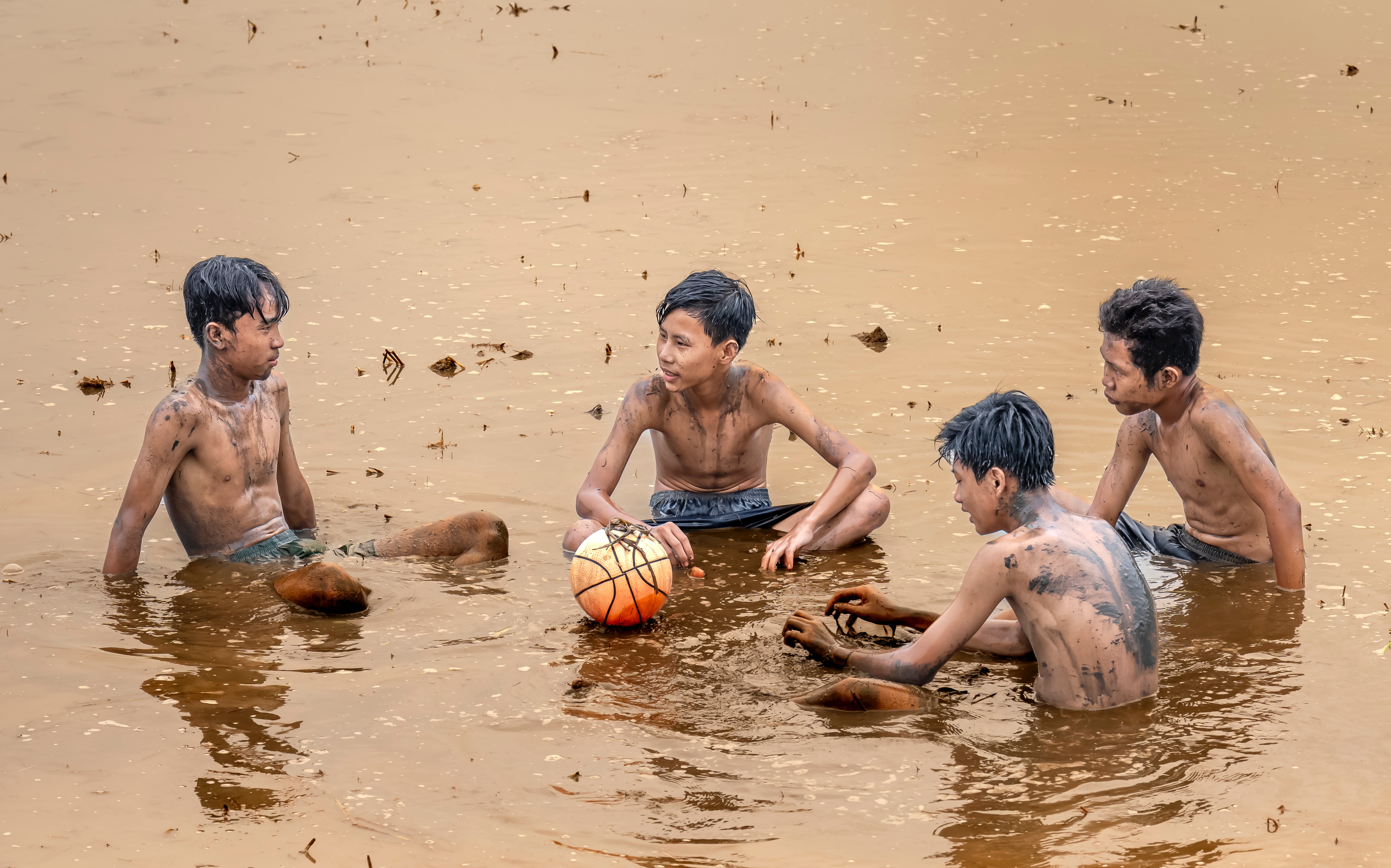Sports balls are a crucial component of various games and play a significant role in the outcome of a match. However, not all sports balls are created equal when it comes to durability. Factors affecting the durability of sports balls can vary greatly, with each sport having specific considerations. For instance, in soccer, the durability of the ball is greatly impacted by the playing surface, weather conditions, and the intensity of the game. Similarly, in tennis, the type of court surface, the force at which the ball is hit, and the frequency of use all play a vital role in determining the longevity of the ball.
In addition to playing conditions, the materials used in the construction of sports balls also play a crucial role in their durability. For instance, in basketball, the outer covering of the ball is typically made of synthetic rubber or leather. The grip, bounce, and overall durability of the ball can be influenced by the choice of material. Likewise, in golf, the type of material used for the cover of the ball, such as urethane or ionomer, affects its durability and performance on the golf course.
As we delve further into the fascinating world of sports ball durability, we will explore the key factors that impact their long-lasting nature. We will discuss the role of playing conditions, material choices, and manufacturing techniques in determining the durability of sports balls. By understanding these key takeaways, athletes, coaches, and sports enthusiasts can make informed decisions about the type of ball to use for optimal performance and extended lifespan. So, let’s dive right in and uncover the secrets behind the longevity of sports balls.
Key Takeaways
1. Material quality and construction play a vital role in determining the durability of sports balls. Factors like the strength of the outer covering, the quality of stitching, and the materials used in the core significantly impact the longevity of the ball.
2. Environmental conditions and usage patterns greatly affect the lifespan of sports balls. Exposure to extreme temperatures, excessive moisture or dryness, and rough playing surfaces can all contribute to the wear and tear of the ball, reducing its durability.
3. Proper maintenance and care are critical in prolonging the lifespan of sports balls. Regular cleaning, inflation checks, and storing them appropriately when not in use are essential practices to maintain the integrity and durability of the balls.
4. Inadequate storage and improper handling can lead to premature damage to sports balls. Storing balls in extreme temperatures, exposing them to sharp objects, or mishandling during transportation can result in structural damage and impact their longevity.
5. Brand reputation and quality assurance standards are indicators of ball durability. Choosing reputable brands that adhere to stringent manufacturing processes and quality control measures can ensure the purchase of durable sports balls that withstand the demands of play and offer longevity.
Note: The formatting of the list is done as per the given instructions.
What are the Key Factors Affecting the Durability of Sports Balls?
Material Composition
The material composition of sports balls plays a crucial role in determining their durability. Different sports balls are made using various materials such as leather, synthetic leather, rubber, or a combination of these. Each material has its own pros and cons in terms of durability. For instance, leather balls might offer excellent performance but can be susceptible to wear and tear, especially in harsh playing conditions. On the other hand, rubber balls are more resilient and durable, making them ideal for rougher sports like basketball and soccer.
Construction and Design
The construction and design of sports balls significantly impact their durability. Factors such as stitching, panel configuration, and internal bladder influence how well a ball withstands repeated impacts and intense use. High-quality sports balls often feature reinforced stitching to prevent unraveling and ensure long-lasting performance. The number and arrangement of panels also affect the ball’s shape retention and resistance to deformation.
Playing Surface
The playing surface on which sports balls are used can greatly affect their durability. Different surfaces, like grass, artificial turf, or indoor courts, have varying levels of impact and friction. For example, a soccer ball used on abrasive artificial turf may experience more wear and tear compared to one used on a natural grass field. Sports balls designed specifically for different playing surfaces tend to have enhanced durability features to withstand the specific demands of each surface.
Maintenance and Care
Proper maintenance and care are essential for maximizing the durability of sports balls. Regular cleaning, inflation checks, and storage in suitable conditions can significantly extend the lifespan of the balls. Cleaning ensures the removal of dirt, mud, and other contaminants that can degrade the materials over time. It’s also crucial to maintain the recommended inflation level to avoid excessive stress on the ball’s structure. Storing the balls in a dry and cool environment helps to prevent the growth of mold or mildew.
Intended Use and Frequency of Play
The intended use and frequency of play are vital factors in determining how long sports balls will last. A ball used for professional matches will undergo more intense and frequent use compared to those used for recreational purposes. Higher-quality balls tend to withstand greater wear and tear and may be designed explicitly for professional use. Additionally, if a ball is used excessively or inappropriately, such as being kicked against rough surfaces, its durability will inevitably be reduced.
Environmental Factors
Environmental conditions can also impact the durability of sports balls. Exposure to extreme temperatures, moisture, or harsh sunlight can degrade the materials and weaken the structure of the balls. It’s important to protect balls from prolonged exposure to such conditions as it can lead to cracking, loss of grip, or loss of shape. Additionally, playing in extreme weather conditions, like heavy rain or icy conditions, can also accelerate the wear and tear of sports balls.
1. How can I increase the longevity of my sports balls?
2. What maintenance practices can help preserve the durability of sports balls?
3. What are the best ways to protect sports balls from environmental factors?
4. Are there specific recommendations for prolonging the lifespan of leather sports balls?
5. What should I consider when choosing a sports ball for different playing surfaces?
Frequently Asked Questions
1. What are the main factors that affect the durability of sports balls?
There are several factors that can impact the durability of sports balls. These include the quality of materials used, the manufacturing process, the environmental conditions in which the balls are used, and the frequency and intensity of use.
2. How does the quality of materials affect the durability of sports balls?
High-quality materials, such as durable synthetic leather or rubber, are more resistant to wear and tear compared to lower quality materials. The use of top-notch materials enhances the overall lifespan and durability of sports balls.
3. Does the manufacturing process play a role in the durability of sports balls?
Absolutely. The manufacturing process determines the structural integrity of the balls. If the manufacturing process is not precise and doesn’t ensure optimal stitching or bonding, it can lead to weaknesses in the balls’ construction, reducing their durability.
4. How do environmental conditions affect the durability of sports balls?
Extreme temperatures, excessive moisture, and exposure to UV rays can all have detrimental effects on sports balls. Such conditions can cause materials to degrade, weaken stitching, or lead to additional wear, ultimately shortening the lifespan of the balls.
5. Can the durability of sports balls be improved with proper care and maintenance?
Absolutely. Regular cleaning, storing the balls in appropriate conditions (away from extreme temperatures and moisture), and avoiding excessive impacts or rough surfaces can significantly extend the durability of sports balls.
6. Do sports balls with higher price tags last longer?
While higher-priced sports balls often feature superior materials and construction, this is not always the case. It’s important to consider factors beyond just the price, such as brand reputation, user reviews, and the specific manufacturing details, to gauge the durability of a sports ball accurately.
7. Can the frequency and intensity of use affect the durability of sports balls?
Absolutely. Sports balls subject to frequent and intense use, such as in professional sports or rigorous training sessions, will naturally wear out faster than those used less frequently or at a more casual level.
8. Are there specific types of sports balls more prone to durability issues?
Yes, certain sports balls exposed to high impact or extreme conditions, such as soccer balls used on rough surfaces or cricket balls used on hard pitches, are more prone to durability issues. Factors such as the level of competition and the nature of the sport can also influence the potential durability concerns of specific balls.
9. Is there a way to identify durable sports balls before purchasing?
Researching the brand reputation, reading user reviews, and checking for any certifications or quality guarantees can help identify durable sports balls. Additionally, consulting with experienced players or coaches in the respective sport can provide valuable insights on the durability of different ball brands or models.
10. Can durability be a trade-off for other ball characteristics, such as performance or feel?
Yes, in some cases, there might be a trade-off between durability and other ball characteristics. For example, a soccer ball with exceptional durability may not provide the same level of ball control or accuracy as a ball designed for professional play. In such cases, it’s essential to strike a balance based on individual requirements and preferences.
Final Thoughts
Considering the factors affecting the durability of sports balls is crucial for players, coaches, and sports enthusiasts alike. By understanding these factors, individuals can make informed choices while purchasing sports balls and take appropriate steps to ensure their longevity.
Remember, investing in high-quality balls from reputable brands, practicing regular maintenance, and selecting balls suitable for specific playing conditions and intensity levels are all key to maximizing the durability of sports balls. Ultimately, by prioritizing durability, players can save money, enhance their playing experience, and contribute to a more sustainable approach to sports equipment usage.




